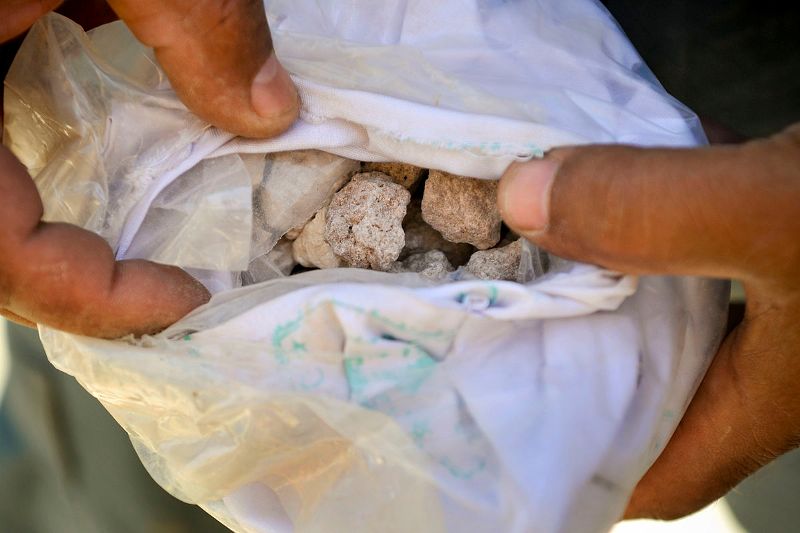
The bulk of U.S. troops have cleared out of Afghanistan over the last decade, but the former military base in the country is now serving as a site for local addicts to get treatment.
Hundreds of addicts residing under the Sokhta bridge in the city of Kabul are being put on buses towards Camp Phoenix. They’re currently going through withdrawal on mattresses in bare-bones rooms, but construction crews are building extra beds and facilities to eventually make the site one of the largest treatment centers in Afghanistan with a cap of 1,500 patients.
The country’s Ministry of Counter Narcotics also confirmed that two similarly-sized facilities are being built in the provinces of Helmand and Nangarhar. Counter Narcotics Minister Salamat Azimi said that the new initiatives “are part of a broader fight against drugs in the country” as the number of addicts continue to rise.
“I’m really happy they are taking us out,” said Karim Shahed, a heroin addict. “I’ve been away from my family, my three kids—if I leave this time, I won’t come back to (drugs) again.”
The Ministry of Counter Narcotics reported that the number of addicts in Afghanistan has doubled in just the last five years to three million people, or 10-13% of the country. With just 120 drug treatment clinics in the entire country, the overwhelming bulk of addicts aren’t able to receive any treatment.
Despite the United States spending $7.6 billion fighting the war on drugs in Afghanistan, the country is responsible for 90% of the world’s opium. Afghan farmers produced record numbers of opium crops in 2013. A report released in October 2014 by the Special Inspector General for Afghanistan Reconstruction shows that Afghan farmers produced a record 209,000 hectares of opium poppies in 2013, up from 193,000 hectares in 2007. However, the State Department blamed the failure to stamp out opium poppy production on a lack of support from the Afghan government.